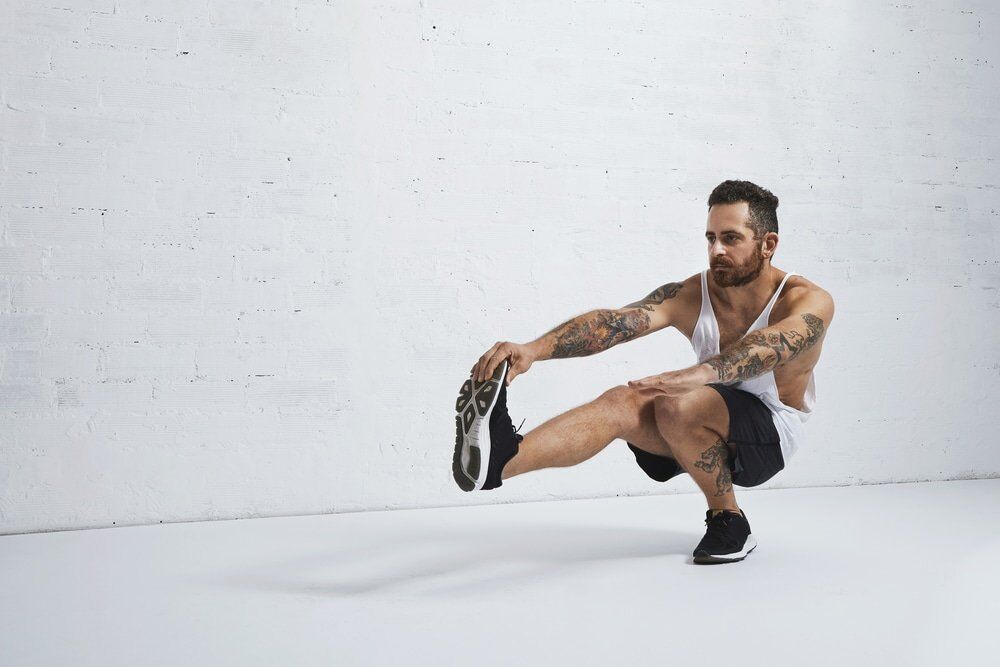
The Ultimate Body Weight Routine
As well as improving your mechanical energy, it also seems swapping the machines in favour of ‘free’ exercises (like calisthenics) could also result in greater muscle activation. To test this theory, scientists from the College of Kinesiology, at the University of Saskatchewan in Canada took six healthy participants and monitored muscle activation during a smith-machine assisted squat and a free weight squat.
Now it must be noted this wasn’t strictly calisthenics, however the principle of performing exercises unassisted by fixed equipment remains the same.
After monitoring the electromyographic (EMG) activity of the gastrocnemius (calf), vastus medialis (inner-quadricep), tibialis anterior (outer-calf), lumbar erector spinae (lower back), and rectus abdominus (lower abs) they found, “There were no significant differences between the free weight and Smith machine squat for any of the other muscles.
However, the EMG averaged overall muscles during the free weight squat was 43% higher when compared to the Smith machine squat”. This lead researchers to conclude, “The free weight squat may be more beneficial than the Smith machine squat for individuals who are looking to strengthen plantar flexors, knee flexors, and knee extensors”. Again, this wasn’t strictly calisthenics but it would be interesting if the researchers took this one step further to monitor muscle activation during a unilateral, single leg squat.
Monday: Chest
Plyometric Push-Ups (Clap Push-Ups)
5 Sets of 5 Repetitions
*Plyometric push-ups are a great variation of the more commonly performed push-up. This is because instead of performing the exercise slowly and in a controlled manner the aim is to powerfully propel yourself into the air, from the floor, with enough height to perform a clap in between reps. Hence the alternative name the “clap push-up”.
Don’t worry if you can’t perform a clap at first, it’s something to aim for. As long as you aim to perform it quickly and powerfully.
Wide-Grip Push-Ups
4 Sets of 12 Repetitions
* As a general rule, the wider your hand placement on a push-up the more you engage the chest. The closer they are together the more you engage your triceps. For this reason place your hands beyond shoulder width apart and see greater improvements in the chest with this biomechanical variation.
Elevated Push-Ups
4 Sets of 12 Repetitions
* Placing your legs on an elevated platform is a great biomechanical variation to engage the upper chest muscles. For this reason elevated push-ups are a great addition to any routine for anyone wanting to subject their chest muscles to a new form of stimuli and have the body work over a different range of motion.
Single Leg Push-Ups
4 Sets of 12 Repetitions
* This is such a simple variation but try performing your push-ups on one leg. This makes the entire exercise more unstable and unilateral (with one leg or one arm) in nature which forces the muscles of the core to engage more.
Tuesday: Legs & Abs
Jump Squats
5 Sets of 5 Repetitions
*Jump squats are a plyometric variation of the more commonly performed squat. These are great for building explosive and strong legs, but also they are better designed to activate more, “fast twitch muscle fibers.” The muscle fibers that are larger in size and responsible for producing an impressive set of quads for the beach according to research from the Department of Kinesiology at McMaster University, Hamilton.
Paused Squats
5 Sets of 10 Repetitions
(Performed 3-5-1. Three seconds down, five second hold at the bottom and 1 second up)
*This paused variation of that is perfect for working the muscles of the legs hard. The paused reps will make your legs, stronger, bigger and more functional.
Single-Leg Hip Raises
5 Sets of 12 Repetitions
* Very similar to the single leg push-up and T-Press Up, this forces you to balance on one leg as you extend your hips to the ceiling. Performing this on one leg adds another level of complexity to the conventional hip-raise and again, based on research from the Journal of Strength and Conditioning, causes greater, “trunk muscle activation.” Essentially this means you’re training for a six-pack as well as building buns of steel.
Plank
3 Sets of 30-60 seconds
*The sit-up is not the best exercise for your abs and performing thousands of them won’t get you a six-pack. Instead research from the Department of Kinesiology at the Pennsylvania State found compared sit-ups with planks – an exercise where you get into a press-up position, rest on your elbows and hold for 30 to 90 seconds. Using surface electromyography (EMG) electrodes they discovered there was 20 per cent greater muscle activation in the plank compared to the sit-up. Train smarter, not harder and maybe re-think your ab routine.
Wednesday: REST
Thursday: Back and Biceps
Wide Grip Pull Ups
5 Sets of 5 Repetitions
* As a general rule, the wider your hand placement on a pull-up the more you engage your back muscles. The closer they are together the more you engage your biceps. For this reason place your hands beyond shoulder width apart and see greater improvements in the back with this biomechanical variation.
Close Grip Pulls Ups
5 Sets of 8 Repetitions
* Now try moving the hands in closer together to perform a biomechanical variation that engages the biceps far more.
Lowered Pull Ups
3 Sets of 8 Repetitions
*Finally, this is a great ‘finisher’ exercise for any back routine: lowered pull-ups. It involves standing on a chair or elevated platform so you can begin your pull-up at the top of the movement. Then, holding the bar tightly, attempt to lower yourself as slowly as you can.
Friday: Shoulders & Triceps
Handstand Push Ups
5 Sets of 5 Repetitions
* Mastering handstand push-ups could be the best thing you do for your shoulders. This is based on research from the College of Kinesiology, at the University of Saskatchewan in Canada took six healthy participants and monitored muscle activation during a machine-based training regime and a free-weight training regime. What they found was muscle activation was, “43% higher” in the free-weighted exercise than the machine-based exercise. All the more reason to leave the seated, shoulder press machine alone in the gym and try balancing on your hands instead.
Single Arm Push Ups (On Knees if needed)
5 Sets of 5 Repetitions
* This is such a simple variation but try performing your push-up one handed. This makes the entire exercise more unstable and unilateral in nature, which forces the muscles of the core to engage more.
Diamond Push Ups
5 Sets of 5 Repetitions
* As a general rule, the wider your hand placement on a push-up the more you engage the chest. The closer they are together the more you engage your triceps. For this reason place your hands closer together so your fingers form a diamond shape and see greater improvements in the triceps with this biomechanical variation.
Saturday: REST
Sunday: REST
References:
Behm DG, Leonard AM, Young WB, Bonsey WA and MacKinnon SN (2005 “Trunk muscle electromyographic activity with unstable and unilateral exercises.” Journal of Strength and Conditioning, 2005 Feb;19 (1):193-201.
Harman, Everett A, Gutekunst, David J, Frykman, Peter N, Nindl, Bradley C, Alemany, Joseph A, Mello, Robert P, Sharp and Marilyn A (2008) “Effects of Two Different Eight-Week Training Programs on Military Physical Performance.” Journal of Strength & Conditioning Research: March 2008 – Volume 22 – Issue 2 – pp 524-53
Mark Juergensmeyer, Margo Kitts, Michael Jerryson (2013) “The Oxford Handbook of Religion and Violence” Oxford University Press.
Cowan, David ; Jones, Bruce ; Tomlinson, Pitt ; Robinson, John ; Polly, David ; Frykman, Peter ; Reynolds, Katy (1988) “The Epidemiology of Physical Training Injuries in U.S. Army Infantry Trainees: Methodology, Population, and Risk Factors.” Army Research Institute of Environmental Medicine
Patricia. A. Deuster (1997) “The Navy Seal Physical Fitness Guide.” Department of Military and Emergency Medicine Uniformed Services University of Health Sciences, August 1997.
Arampatzis A and Bruggemann GP (1999) “Mechanical energetic processes during the giant swing exercise before dismounts and flight elements on the high bar and the uneven parallel bars.”
Dennis J. Caine, Keith Russell and Liesbeth Lim (2013) “Handbook of Sports Medicine and Science: Gymnastics.” Olympic Handbook of Sports Medicine, 2013.


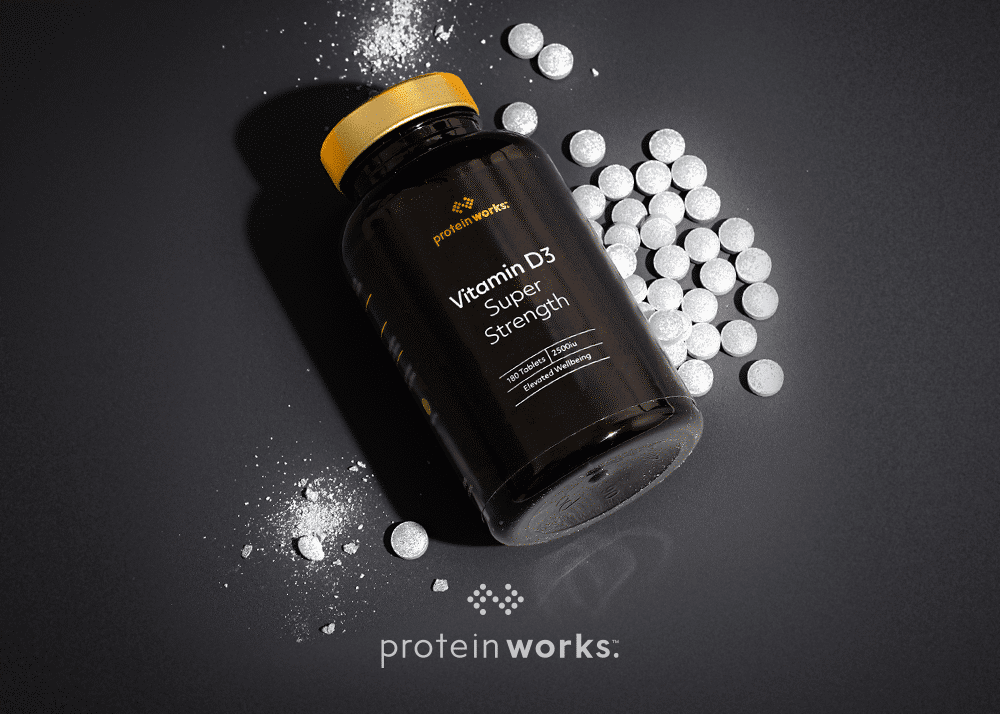
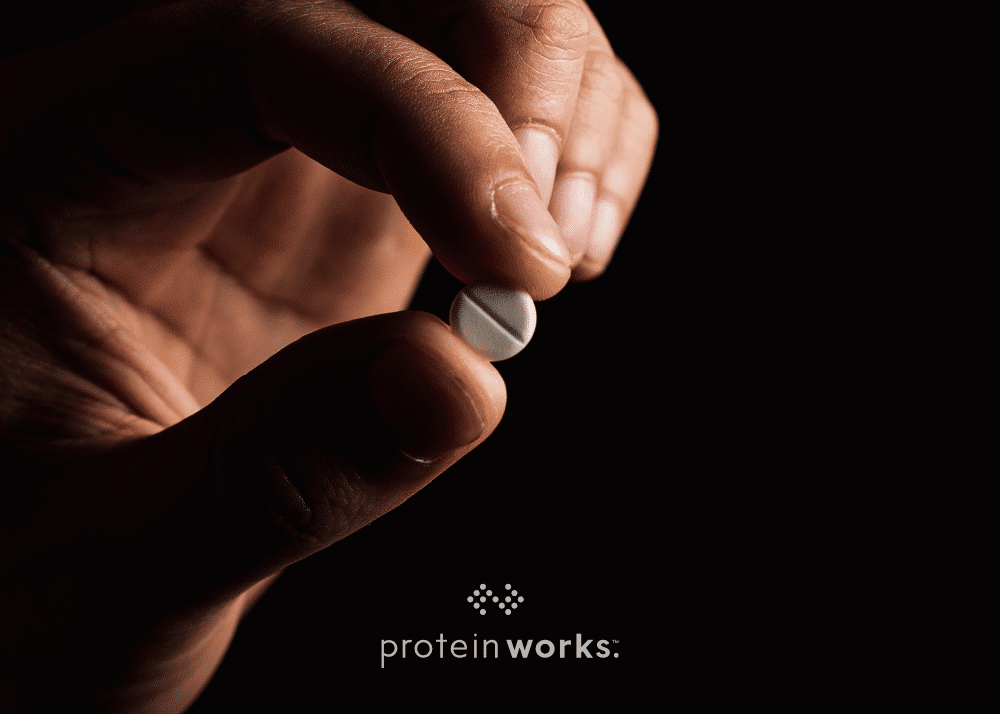
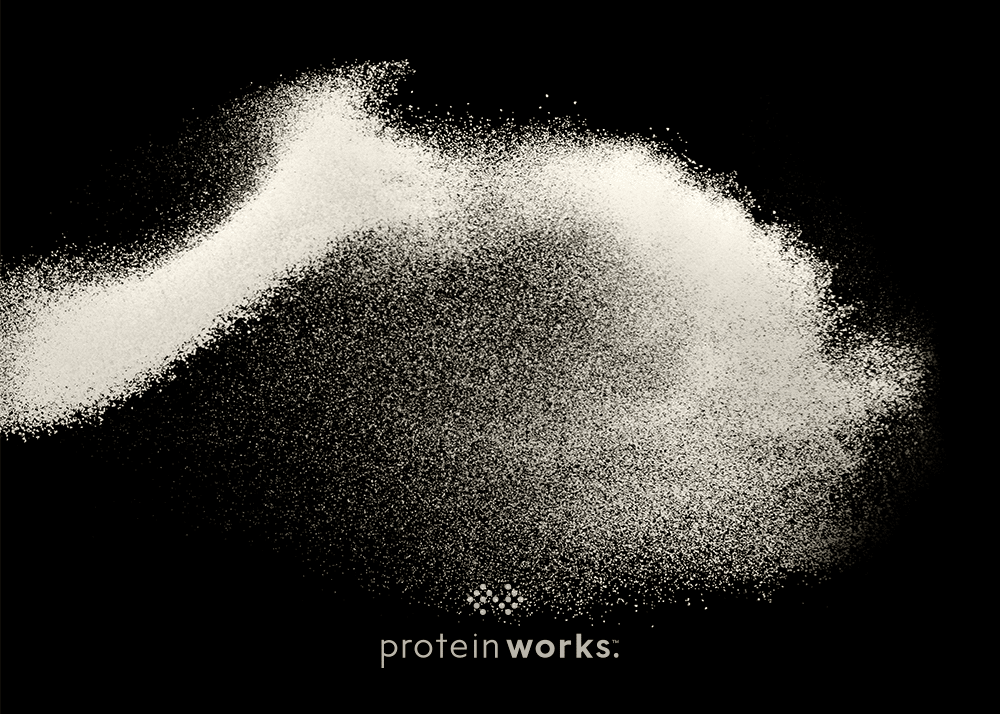
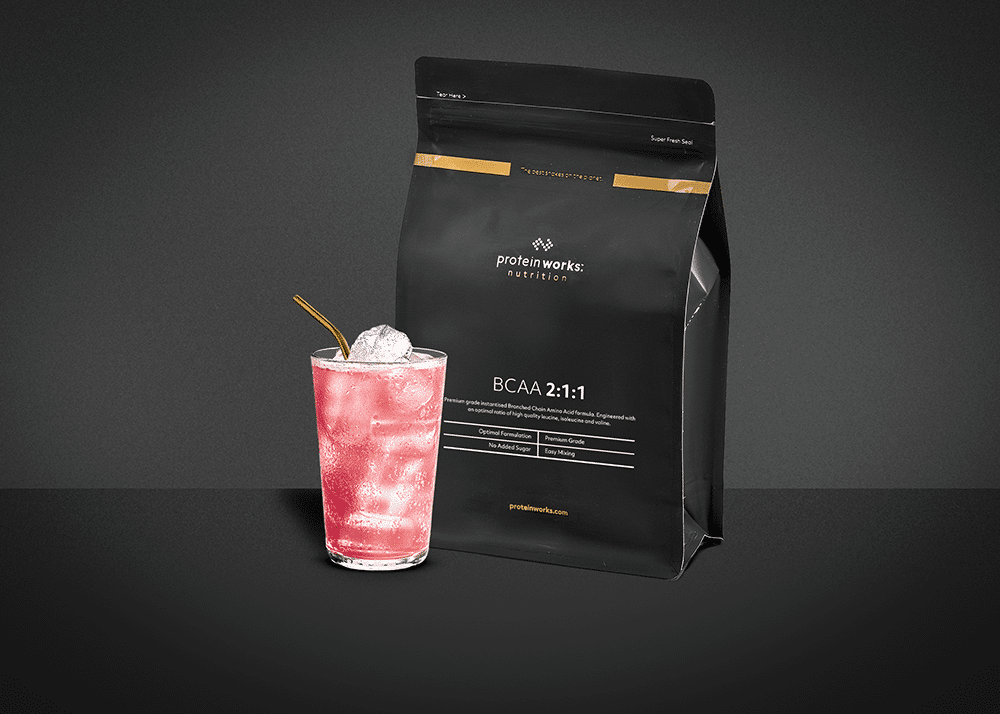
No Comments yet!